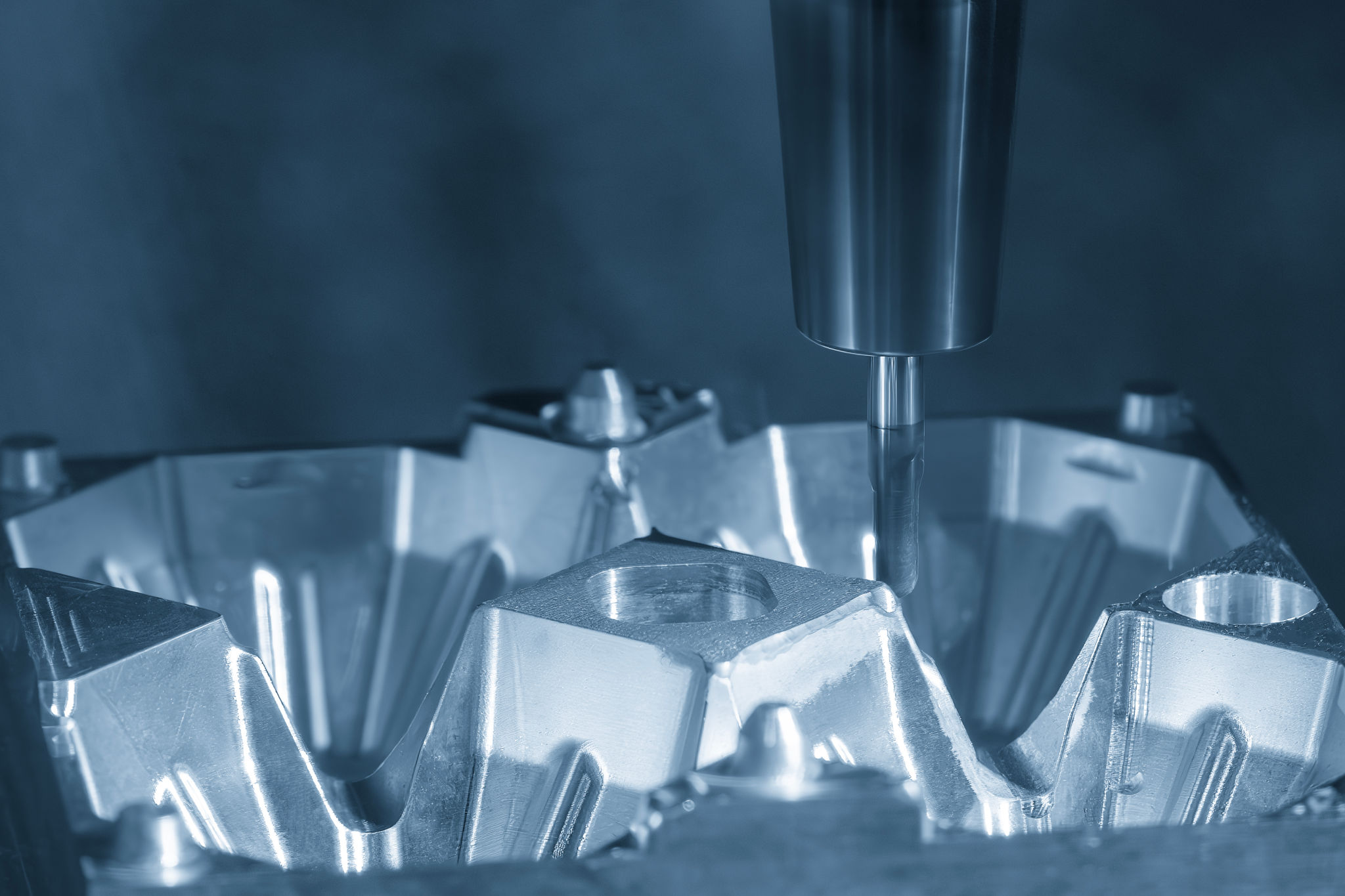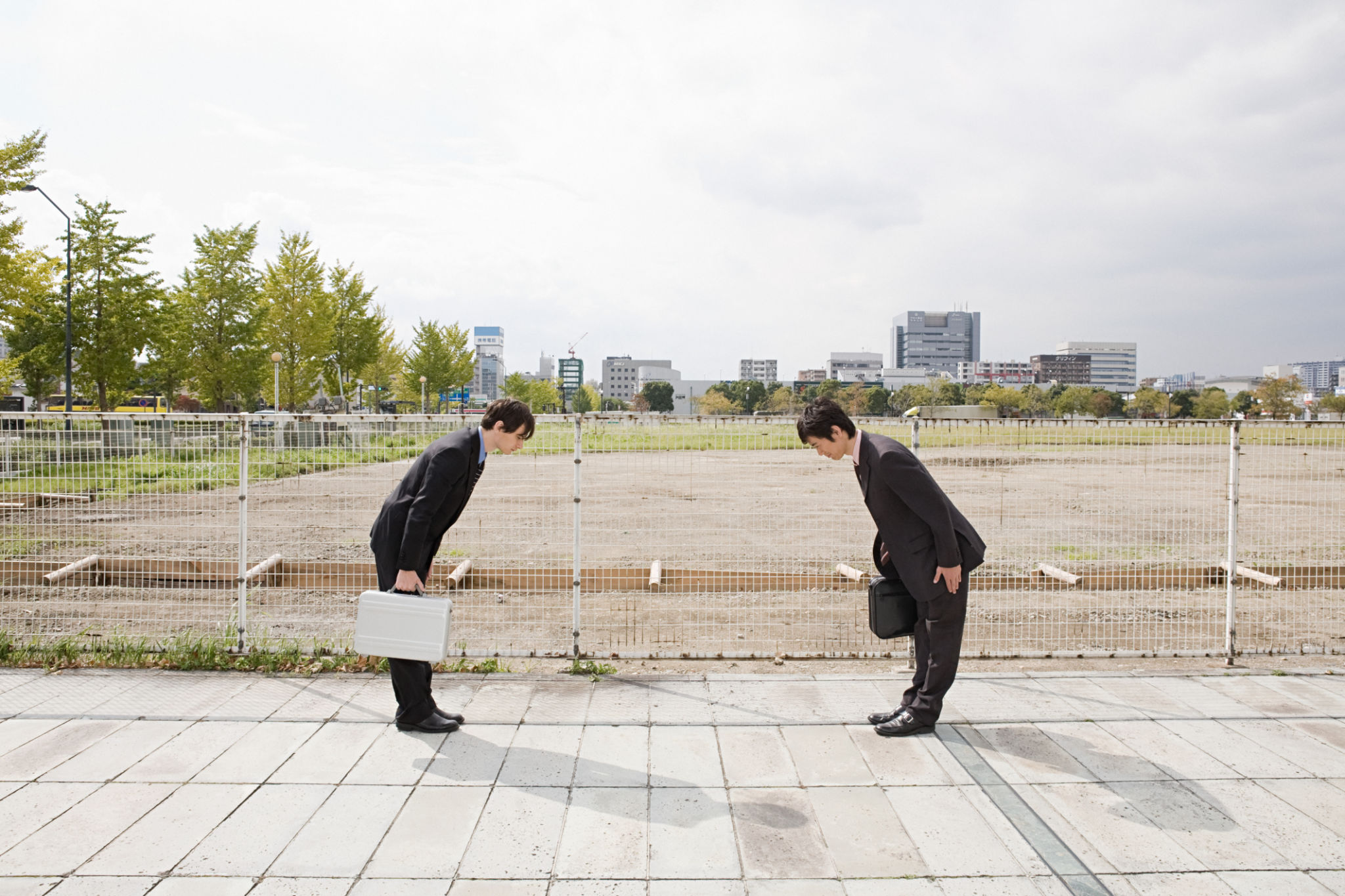The Ultimate Guide to Concrete Cutting in Toronto
Understanding Concrete Cutting
Concrete cutting is a critical process in the construction and renovation industry, allowing professionals to remove or shape concrete with precision. Whether you are working on a small home renovation or a large-scale construction project in Toronto, understanding the basics of concrete cutting can help you achieve better results. This guide will explore the various methods, tools, and safety measures involved in concrete cutting.
There are several techniques used in concrete cutting, each suitable for different types of projects. Among the most common methods are flat sawing, wall sawing, and core drilling. Flat sawing is often used for creating expansion joints or removing damaged pavement, while wall sawing is ideal for creating openings in vertical surfaces. Core drilling, on the other hand, is perfect for making precise holes for pipes or electrical conduits.

Choosing the Right Tools for the Job
The success of a concrete cutting project largely depends on using the right tools and equipment. Diamond blades are the most popular choice due to their durability and ability to cut through hard materials efficiently. Depending on the project's requirements, you may need handheld saws for smaller tasks or walk-behind saws for larger jobs. Additionally, wall saws equipped with diamond blades are essential for cutting through vertical surfaces with precision.
Another crucial tool in concrete cutting is the core drill, which allows for precise circular cuts. It is crucial to select the appropriate size and type of drill bit for your specific needs. Remember that using the right equipment not only ensures a cleaner cut but also improves safety and reduces the risk of damage to the surrounding area.

Safety Precautions and Best Practices
Concrete cutting can be hazardous if proper safety measures are not followed. It is essential to wear protective gear such as gloves, goggles, and ear protection to safeguard against dust, debris, and noise. Additionally, ensuring proper ventilation in enclosed spaces can help minimize exposure to harmful dust particles.
Before starting any concrete cutting task, it's critical to inspect and maintain all equipment regularly. This helps prevent malfunctions that could lead to accidents or project delays. Furthermore, marking the cutting area clearly and maintaining a clean workspace can significantly enhance safety and efficiency.

Environmental Considerations
Concrete cutting can generate significant amounts of dust and debris, which may impact the environment and local community. In Toronto, there are regulations in place that require contractors to manage waste responsibly. Proper disposal of concrete waste and slurry is essential to prevent environmental contamination.
Using water during the cutting process can help reduce dust emissions significantly. Wet cutting not only minimizes airborne particles but also extends the life of cutting tools by reducing heat buildup. Contractors should consider using dust control systems or vacuums to collect debris and ensure compliance with local regulations.
Finding Professional Concrete Cutting Services in Toronto
For those who prefer not to tackle concrete cutting themselves, hiring professional services is a viable option. Toronto is home to numerous experienced contractors specializing in concrete cutting. When choosing a service provider, it's important to consider their expertise, equipment quality, and reputation within the community.
Before hiring a contractor, request references and reviews from previous clients to ensure quality service. A reliable contractor will have a proven track record of successful projects and adhere to safety and environmental standards.

Conclusion
Concrete cutting is an essential aspect of many construction projects in Toronto, offering precision and versatility for various applications. By understanding the different techniques, tools, and safety measures involved, you can ensure successful outcomes whether you're undertaking a DIY project or hiring professionals. Remember to prioritize safety and environmental considerations at every step to contribute positively to your project and the surrounding community.
